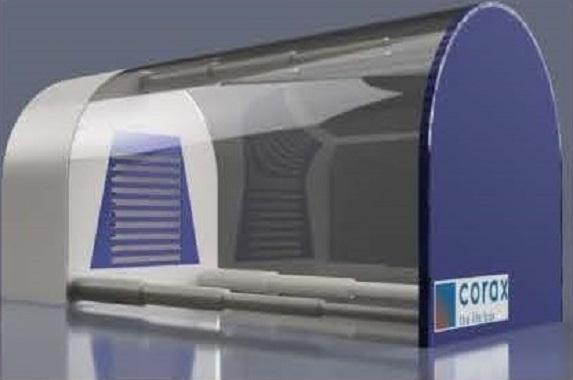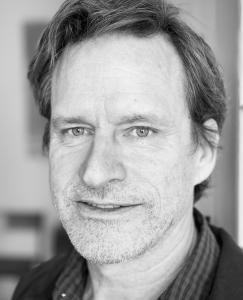Italian engineers’ invention offers poor countries emergency healthcare for burn victims
A wood or coal fire in a house — for cooking and heating — is a central part of life in low-income countries.
It was seeing the tragic consequences of this part of daily life that inspired Caterina Giuliani, Franco Pradelli and Barbara Tommassini, the founders of BioVerse, to devote themselves to solving this issue.
There are about 11 million injuries and more than 200,000 deaths each year from burns, and more than 95 percent of these accidents happen in low- and middle-income countries. Children are the most frequent victims. The injuries usually happen when people fall into the cooking fire or get scalded by hot liquid.

“Until I went to Tanzania and Uganda, it was just something I read,” Franco said. “Being there made it real. When you go to a big hospital in Italy, they will say we get maybe 15 burn patients per year. In Africa, it’s completely different. They would tell us, ‘We’re getting 30 per month.’”
The young bio-medical engineers have created an incubator that can turn a hospital bed into a burn unit. The incubator provides a sterile environment and climate control, the essential elements in helping burn victims survive. BioVerse was among the finalists in the 2020 Social Innovation Tournament, an initiative run by the EIB Institute to help social entrepreneurs tackle the world’s problems.
‘They had no hope’
While in high school, Caterina began volunteering at hospitals in Tanzania. One of her first experiences there, where she saw two children who had burn injuries, set her on her current path.
“When I entered the room, the suffering of those two burned children shocked me, and the doctor's words were worse,” she says. “He said they had no hope and asked me if I had any ideas to solve the problem.”
The most common causes of death in burn patients are infection and hypothermia. In wealthy countries, burn units are often located in separate buildings or hospital wings with special wards to treat and protect these patients. This type of setup can cost millions to build.
For her master’s thesis at the University of Bologna in 2019, Caterina developed the idea of the Corax Lifebox. Her invention is an incubator with a transparent top that fits on a hospital bed. On one end is a unit that provides HEPA air filtration and heating, and a battery that keeps the device running if power is lost. When she showed her invention to the doctors at the Burn Unit Center of Bufalini Hospital in Cesena, Italy, they were ecstatic, Franco says. “Many of them had volunteered at hospitals in Africa and they were familiar with the problem already,” he says. “They said this could change a lot.”

The Corax Lifebox provides a sterile environment and climate control, the essential elements in helping burn victims survive.
Caterina was already friends with Franco and Barbara, two classmates in bio-medical engineering. They also became enthusiastic about the project and joined forces to turn the dream into a social enterprise.
In October of 2019, they visited Tanzania and Uganda to meet with doctors at hospitals. The enthusiasm they encountered, combined with winning several awards for start-ups, convinced them their model could work.
As 2020 came to a close, BioVerse formed a partnership with a large Italian organisation called Doctors with Africa (CUAMM). CUAMM cooperates with dozens of hospitals, small health centers, villages and universities alongside local people in eight sub-Saharan African countries, including Tanzania.
In February or March this year, BioVerse, in cooperation with CUAMM, plans to take its prototype device to Tosamaganga hospital in the Iringa District of Tanzania to test it with patients.
Helping the idea spread
The engineers have approached their business with a commitment to ethics. They want the Corax Lifebox to be built as much as possible in the countries where it will be used, thus providing jobs and helping local economies.
They are making overtures to manufacturers in Tanzania and Uganda. They estimate each unit will cost a hospital about €2,500. They hope the cost will come down as more devices are built. They plan to make the Corax Lifebox an open-source project, so that new developments can be shared, helping the device spread faster.
“Open-source gave us the possibility to announce our model publicly,” Franco says. “We give the chance for others to make it too, to profit from it, and give us a percentage or be paid for consulting, because in the end the device will be more affordable, and our vision is a device that’s for everyone.”
